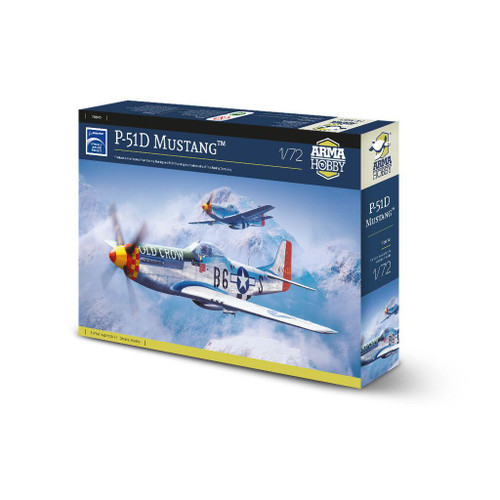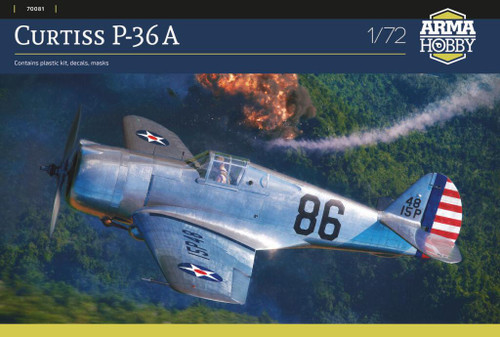Description
A universal and impressive 1/72 scale plastic model aircraft base that accurately reproduces a section of the deck of an escort aircraft carrier. Matches all the basic historical types of US-made escort carriers of World War II, used massively, also by Great Britain, in the Atlantic, Pacific, Indian Ocean, Mediterranean and in Arctic convoys. Included is a link to a free download of files to self-printing on a 3D printer accessory parts: arrestor cable mounts, different versions of wheel chocks, a bomb carriage. Once painted and possibly accompanied by pilot and crew figures, it makes an attractive and easy-to-make diorama.
Attention! Aeroplane kit not included!
Escort aircraft carriers
Escort aircraft carriers, although smaller and less heavily armed than “real” fleet aircraft carriers, played no less a decisive role in World War II at sea. They helped win the Battle of the Atlantic against German u-boats, while in the Pacific they provided massive air support for the Marines' landing operations to subsequent islands, both fighter cover and assault operations against ground targets.
The vast majority of escort carriers, both on British and US orders, were built in US shipyards. Mass and rapid production was made possible by basing the design on existing cargo ship designs and even on finished hulls. By the end of the war, their number - hard to believe - had reached about 130, in five basic types: Long Island, Bogue, Casablanca, Sangamon and Commencement Bay, as well as their transferred Royal Navy counterparts, named the Ruler and Attacker types.
Fighters and torpedo-bombers
On escort carriers, due to their small size, composite air squadrons consisting of fighters and bomber/reconnaissance/torpedo aircraft were usually stationed. The Americans primarily used Wildcats and Avengers, while the British used Sea Hurricanes or Martlets/Wildcats (less often Seafires) in teams with Swordfish or Tarpon/Avengers. In addition, in the Pacific, escort carriers brought new aircraft from US factories to the front, both naval (e.g., Hellcats, Corsairs), as a supplement to carrier-based squadrons or Marines, and fully land-based aircraft such as the P-51 Mustang, P-38 Lightning, P-39 Airacobra, P-40 and many others. In the final period of the war, British ships also carried out similar tasks, it even happened that they transported a bomber squadron equipped with twin-engine Mosquitoes to Australia.
Equipment and camouflage
The typical escort carrier deck of all major types looked the same: it was covered with solid planks, separated by distinctive metal strips with hooks for anchoring aircraft. The planks were usually stained in camouflage colours, depending on the period and the country using the ship. Intensive use and weathering meant that the colours of the deck were very varied, giving excellent opportunity for the modeller wishing to demonstrate his skills in weathering. Also universal was the equipment provided in the kit in the form of free files for self-printing on a 3D printer: arrestor cable mounts, British and American versions of wheel chocks, bomb carriage.
The product is available in the form of 3D files in STL format. It is a universal format for sharing 3D printable files.
Set includes:
- Arrestor cable mounts,
- British and American versions of wheel chocks,
- Bomb cart















